Ante Brzić, COO of Pitter Yachtcharter, explains how the BOS LE300 lithium extension smart battery system is proving transformative for this major international charter company’s fleet of yachts
Austrian-headquartered Pitter Yachtcharter is a significant organisation offering over 600 sailing yachts, catamarans, power cats and motor yachts from 30 bases across seven countries. It has important partnerships with leading boat and equipment manufacturers, including Bavaria and Dufour. It offers Yacht Ownership and Charter Management programmes. It is also building a major service centre with a dry marina in Biograd, Croatia offering a full range of shipwright, mechanical and electrical services including an official Bavaria service point.
With such a large fleet of yachts under management, plus the additional experience from the other boats it sells and maintains, Pitter is in an excellent position to assess the potential and actual performance of emerging technologies like the BOS LE300 lithium extension smart battery system. Its trial with this unit commenced modestly but rapidly expanded into full operational use across a broad section of the fleet, as the company’s COO, Ante Brzić, explains:
“It’s been a two-year process now working with BOS on implementing this battery extender system within our fleet. At the start, our electricians didn’t believe me that this might be an important technology for us, but now we all see it as a kind of revolution. We commenced the test phase with four yachts and have installed the BOS LE300 on more than 80 boats now. In the last year, we have had no problems. The LE300 has provided us with additional battery capacity without any issues.”

The need for greater power storage
Ante continues: “It’s the latest step for us in addressing the huge problems you have these days with electricity on charter boats, given the expectation of always having power for the range of equipment aboard. LED lights have helped us save energy, but every cabin might now have a fan, and a laptop and smartphone charger. Each boat in our fleet is now equipped with an inverter of at least 350W, with most having either 900W or 1200W units. Modern comforts on yachts take so much energy from the batteries. When I started in this business back in 2006, we had one electrician at our base in Beograd, Croatia. Now we have six.
We started to address the need for greater onboard power eight years ago by fitting solar panels and that helped. But the ability to retrospectively increase battery capacity alongside existing lead acid cells with the LE300 handling all the integration and optimisation of battery use has been a huge step forward. Everyone is satisfied – the engineers and charterers are pleased with the performance, and the yacht owners like that they can get increased capacity without investing in a completely new battery system.
“You can, of course, consider working with lithium only when planning to increase a yacht’s power storage capacity, but it is expensive. You also need to change the charging system.”
Combining lithium and lead acid
“By using the BOS LE300 we can combine lead acid and lithium and the LE300’s battery management system ensures you get the best use of both technologies,” Ante explains. “It’s a straightforward and fast installation process. You can connect as much capacity as you want, so if you have the space for 10 batteries, you can build the system up in 10 minutes. The battery charger and engine alternator remain the same.
“Each yacht we deal with is different, so we offer owners options for a two-pack, four-pack or six-pack LE300 installation. No one has ordered the smallest option – our upgrades have been 100Ah four-pack or 150Ah six-pack. Taking a Bavaria 46 as an example, the yacht will usually have three lead acid cells totalling 150Ah, so adding six LE300 cells brings that up to 300Ah.
“On charge, the lead acid cells are topped up first, then when they are full, the LE300s are charged. On discharge, the LE300s provide the power first and then hand it over to the lead acid cells if they become fully discharged. This more favourable treatment of the lead acid cells means their lifespan should be longer.
“The system also enables you to ensure the right battery technology is available for certain loads. Take a 1300W anchor winch. Its peak energy draw is not good for lithium, but the LE300’s battery management system recognises that and draws the load from the lead acid cells.”
Extensive testing to ensure safety
The BOS LE300 holds many certifications, including the E1 mark for secure use in motor vehicles. The LiFeP04 high-performance lithium cells are rated among the safest in the industry and are fully tested by engineers before installation. They are protected by various safety mechanisms such as overcurrent, overvoltage, short circuit, deep discharge, and wrong polarity protection.
Nevertheless, as Ante explains, Pitter Yachtcharter conducted its own extensive tests to ensure customer safety: “We even put one LE300 in salt water for two days and another for almost two hours in an open fire. The one in the water was gassing for two days and then it just stopped reacting. The one in the fire just melted.
“Now with more than 80 yachts equipped we believe we have a very successful solution. It performs well, is at the right price and our owners are talking about it. The sailing community is not so big and the information that there is something good happening on a boat spreads quickly.
“Longer term we want to equip all the boats in our charter fleet with this solution. We think that 98 per cent of the testing is already done but we’ll continue to observe the systems in use for a further year to confirm our initial success with the BOS LE300 battery system.
Extensive testing
Learn more about the BOS LE300 smart battery system here.

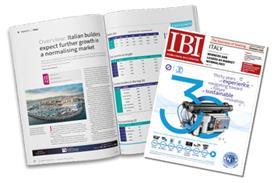
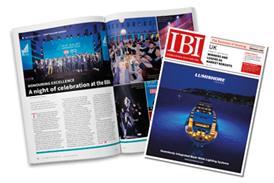
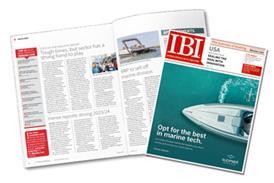
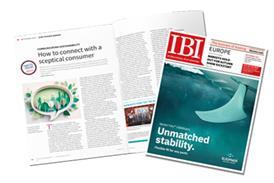
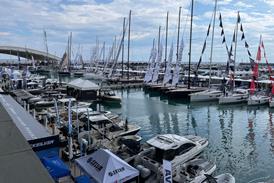

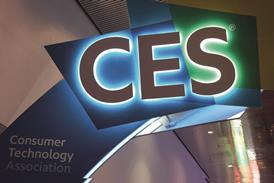

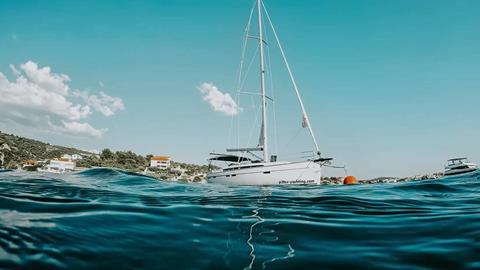

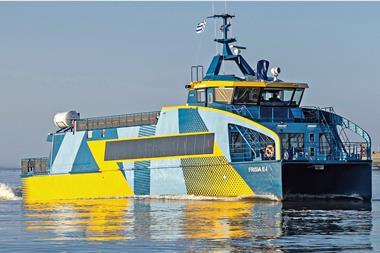




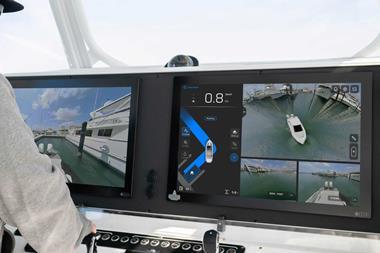

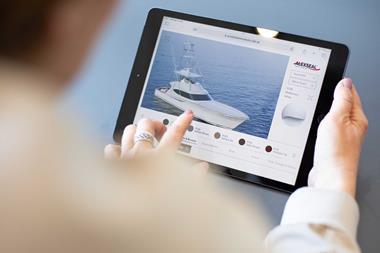



 LinkedIn
LinkedIn X / Twitter
X / Twitter Facebook
Facebook Email us
Email us




